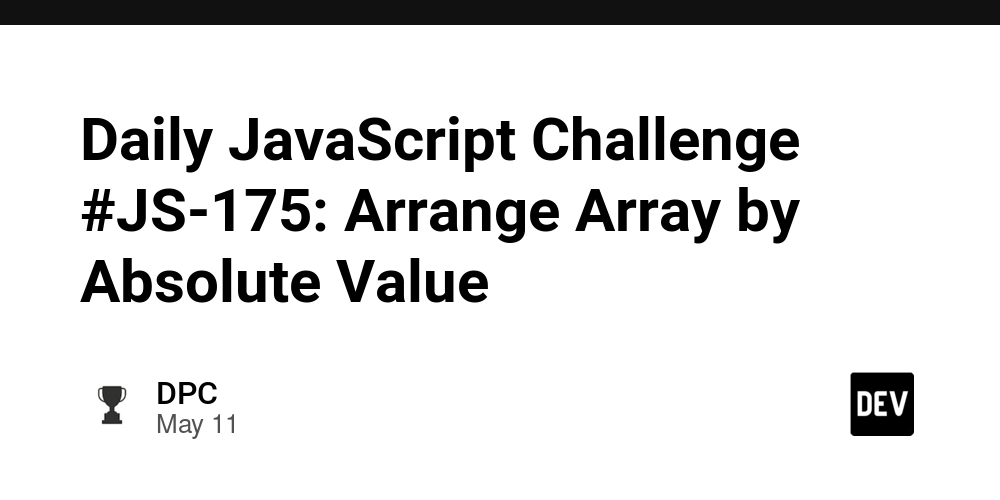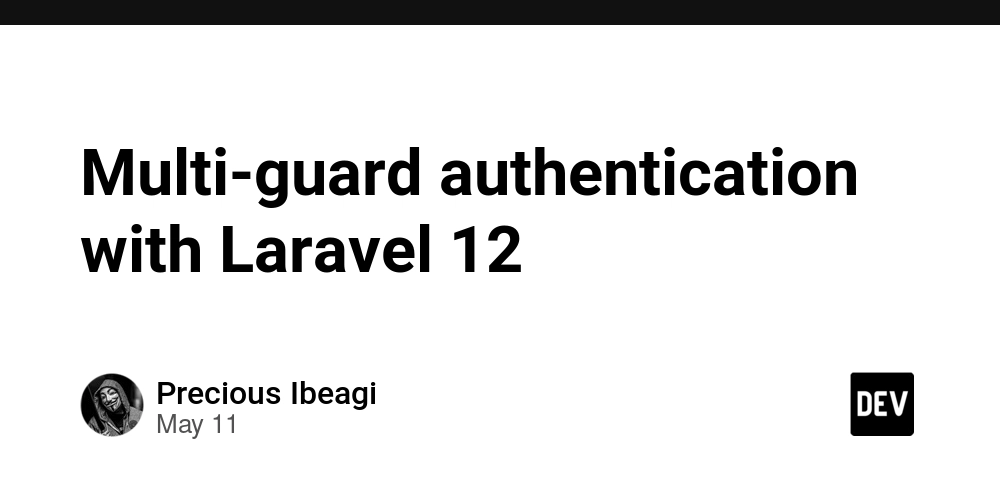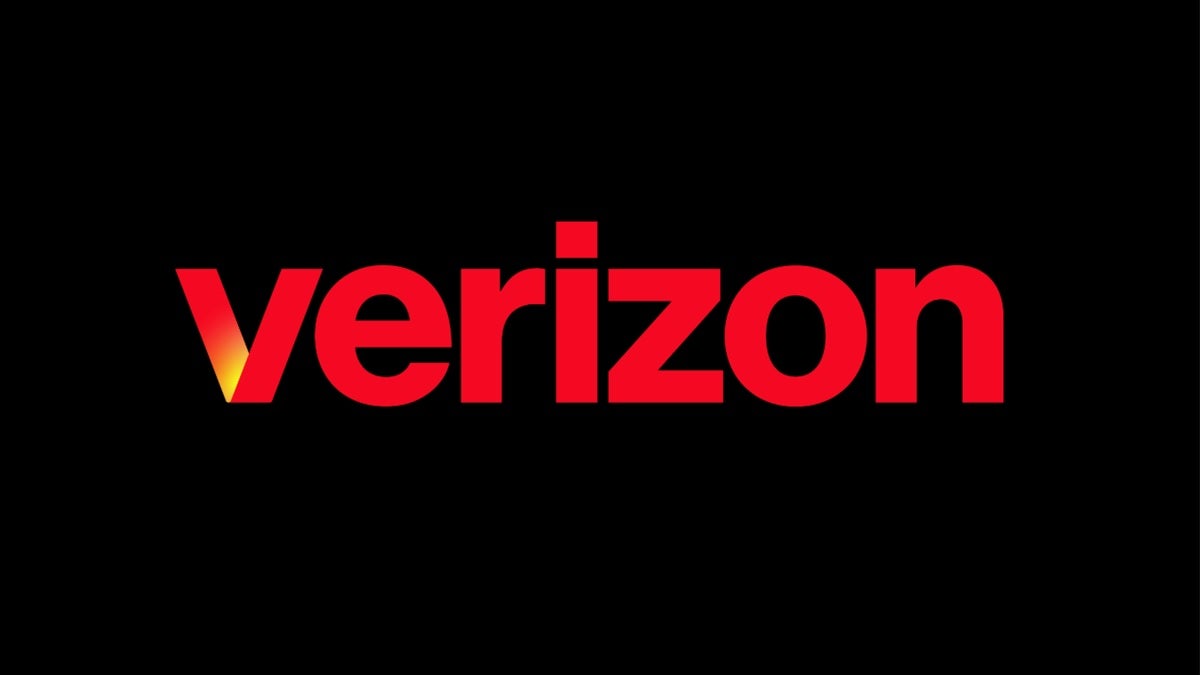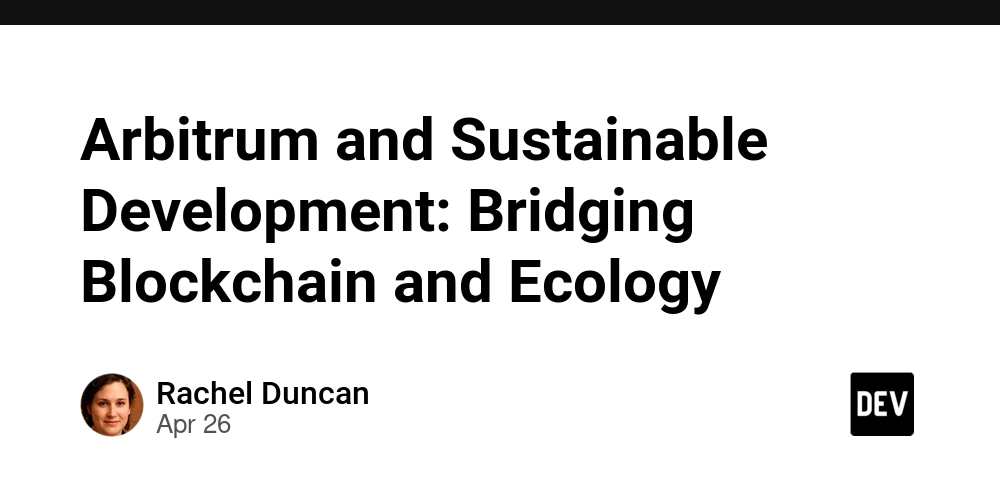Sustainable Funding for Open Source: Securing the Future of Collaboration
Abstract: Open source software forms the technological backbone of today’s digital world. However, funding its development and maintenance poses unique challenges. This blog post explores the background, models, and future outlook for sustainable funding in open source. We explain approaches such as corporate sponsorship, non-profit foundations, crowdfunding, subscription models, government grants, and commercialization. In addition to examining practical use cases and challenges, we take a deep dive into emerging technologies like blockchain as innovative paths for stable open source funding. This article is enriched with tables, bullet lists, and curated backlinks to further reading from authoritative sources. Introduction Open source software (OSS) empowers innovation by allowing developers from around the world to collaborate freely. But while the open source ethos drives community ingenuity, it also leaves many projects under-resourced. Many critical projects are maintained by small volunteer teams, facing burnout or stagnation over time. Ensuring sustainable funding is paramount to keep these projects healthy, secure, and innovative. In this post, we explore funding challenges, present a holistic view of innovative funding mechanisms, and examine future trends that can revolutionize the way the open source ecosystem is supported. Before diving in, check out the original article on Sustainable Funding for Open Source for more in-depth insights. Background and Context The Open Source Revolution and Its Challenges Over the past few decades, open source projects have proven that collaboration and community-driven development can foster powerful, reliable tools used across industries—from web applications to enterprise infrastructures. Despite its success and global adoption, the traditional business models do not always translate to open source. Many projects remain underfunded due to: Volunteer dependency: Reliance on unpaid work can lead to burnout. For instance, check unpaid volunteer work as an example of the pressures maintainers face. Outdated financial models: Conventional revenue streams are hard to implement in a community-driven context. Security and sustainability issues: Without continuous funding, projects risk stagnation, leaving them vulnerable to security risks or becoming obsolete. The Economic Ecosystem of Open Source Historically, open source began as a means to share code and knowledge freely. Today, it has grown into an ecosystem where innovation meets collaboration. Funding remains one of the most important aspects to produce reliable software while upholding ethical standards. As OSS increasingly underpins critical infrastructures, ensuring financial support becomes a matter of global technological stability. Among industry stakeholders, a variety of funding models have emerged—from public and private sponsorships to more novel blockchain-based initiatives that enable tokenized contributions and decentralized finance (DeFi) approaches. Core Concepts and Features Approaches to Sustainable Funding Multiple funding models are emerging to balance the open source ethos with financial sustainability: Corporate Sponsorships: Companies benefiting from OSS, such as Google or Microsoft, sponsor projects via platforms like GitHub Sponsors or OpenCollective. This model helps maintainers receive steady contributions without compromising the free access of the software. Non-Profit Foundations: Organizations such as the Apache Software Foundation and the Linux Foundation pool resources to support critical projects. These foundations manage funds, provide governance, and ensure that open source projects remain community-driven. Crowdfunding: Platforms such as Kickstarter and Patreon enable developers to solicit direct financial support from individuals and enthusiasts. This creates a grassroots funding approach that sometimes parallels community engagement in the project. Subscription-Based Models: Some projects offer premium features, hosted solutions, or dedicated support while keeping the core software free. This hybrid model, seen with services like GitLab, enables monetization without compromising accessibility. Government and Institutional Grants: Several governments recognize the broader importance of open source. Programs like those run by the European Commission provide grants that support major open source initiatives. Such funding is essential for resilience against unforeseen challenges. Commercialization: Companies may build businesses around open source by offering consulting, support, or specialized customization, as demonstrated by Red Hat. This approach marries community innovation with commercial viability. Comparative Overview of Funding Models Below is a table summarizing key funding approaches with their benefits and challenges: Funding Model Benefits Challenges Examp

Abstract:
Open source software forms the technological backbone of today’s digital world. However, funding its development and maintenance poses unique challenges. This blog post explores the background, models, and future outlook for sustainable funding in open source. We explain approaches such as corporate sponsorship, non-profit foundations, crowdfunding, subscription models, government grants, and commercialization. In addition to examining practical use cases and challenges, we take a deep dive into emerging technologies like blockchain as innovative paths for stable open source funding. This article is enriched with tables, bullet lists, and curated backlinks to further reading from authoritative sources.
Introduction
Open source software (OSS) empowers innovation by allowing developers from around the world to collaborate freely. But while the open source ethos drives community ingenuity, it also leaves many projects under-resourced. Many critical projects are maintained by small volunteer teams, facing burnout or stagnation over time. Ensuring sustainable funding is paramount to keep these projects healthy, secure, and innovative. In this post, we explore funding challenges, present a holistic view of innovative funding mechanisms, and examine future trends that can revolutionize the way the open source ecosystem is supported.
Before diving in, check out the original article on Sustainable Funding for Open Source for more in-depth insights.
Background and Context
The Open Source Revolution and Its Challenges
Over the past few decades, open source projects have proven that collaboration and community-driven development can foster powerful, reliable tools used across industries—from web applications to enterprise infrastructures. Despite its success and global adoption, the traditional business models do not always translate to open source. Many projects remain underfunded due to:
- Volunteer dependency: Reliance on unpaid work can lead to burnout. For instance, check unpaid volunteer work as an example of the pressures maintainers face.
- Outdated financial models: Conventional revenue streams are hard to implement in a community-driven context.
- Security and sustainability issues: Without continuous funding, projects risk stagnation, leaving them vulnerable to security risks or becoming obsolete.
The Economic Ecosystem of Open Source
Historically, open source began as a means to share code and knowledge freely. Today, it has grown into an ecosystem where innovation meets collaboration. Funding remains one of the most important aspects to produce reliable software while upholding ethical standards. As OSS increasingly underpins critical infrastructures, ensuring financial support becomes a matter of global technological stability.
Among industry stakeholders, a variety of funding models have emerged—from public and private sponsorships to more novel blockchain-based initiatives that enable tokenized contributions and decentralized finance (DeFi) approaches.
Core Concepts and Features
Approaches to Sustainable Funding
Multiple funding models are emerging to balance the open source ethos with financial sustainability:
Corporate Sponsorships:
Companies benefiting from OSS, such as Google or Microsoft, sponsor projects via platforms like GitHub Sponsors or OpenCollective. This model helps maintainers receive steady contributions without compromising the free access of the software.Non-Profit Foundations:
Organizations such as the Apache Software Foundation and the Linux Foundation pool resources to support critical projects. These foundations manage funds, provide governance, and ensure that open source projects remain community-driven.Crowdfunding:
Platforms such as Kickstarter and Patreon enable developers to solicit direct financial support from individuals and enthusiasts. This creates a grassroots funding approach that sometimes parallels community engagement in the project.Subscription-Based Models:
Some projects offer premium features, hosted solutions, or dedicated support while keeping the core software free. This hybrid model, seen with services like GitLab, enables monetization without compromising accessibility.Government and Institutional Grants:
Several governments recognize the broader importance of open source. Programs like those run by the European Commission provide grants that support major open source initiatives. Such funding is essential for resilience against unforeseen challenges.Commercialization:
Companies may build businesses around open source by offering consulting, support, or specialized customization, as demonstrated by Red Hat. This approach marries community innovation with commercial viability.
Comparative Overview of Funding Models
Below is a table summarizing key funding approaches with their benefits and challenges:
| Funding Model | Benefits | Challenges | Example Platforms/Programs |
|---|---|---|---|
| Corporate Sponsorship | Reliable corporate backing; professional support | Potential influence over project direction; reliance on corporate priorities | GitHub Sponsors, OpenCollective, opensource.google |
| Non-Profit Foundations | Neutral governance; long-term stability | Bureaucracy; slower funding distribution | Apache Software Foundation, Linux Foundation |
| Crowdfunding | Community-driven; flexibility in scaling funds | Inconsistent income; heavy reliance on campaign success | Kickstarter, Patreon |
| Subscription-Based Models | Revenue stream through value-added services; maintains free core | May create split user-base between free vs. premium; requires active marketing | GitLab Premium options, hybrid support solutions |
| Government Grants & Support | Public interest alignment; substantial funding potential | Regulatory hurdles; dependency on political climate | European Commission grants, local government support systems |
| Commercialization | Monetizes expertise; sustainable revenue through service offerings | Not all projects can be monetized; risks alienating community with paywalls | Red Hat enterprise Linux |
Key Features Across These Models
- Transparency: Open and public allocation of funds helps build trust in the project's long-term viability.
- Inclusivity: Many funding models aim to preserve the open access nature of the project by ensuring that funding does not hinder user contributions.
- Decentralization: An emerging trend involves integrating blockchain technology to decentralize and tokenize funding channels, providing financial independence and novel incentives for contributions.
Applications and Use Cases
The integration of diverse funding mechanisms has already started transforming the open source landscape. Below are some practical examples:
Corporate Sponsored Solutions:
Major tech companies like Microsoft’s Open Source Initiative and Google’s contributions exemplify corporate sponsorship. They not only fund projects but also contribute code and resources. For example, the GitHub Sponsors program allows developers to receive financial support directly, ensuring continuous improvement and addressing security vulnerabilities.Crowdfunded Projects and Indie Hacking:
Indie projects have seen substantial success by launching crowdfunding campaigns. A maintainers can use platforms such as Patreon to gather ongoing small donations from users worldwide, which can fund enhancements or new feature developments. For more insights, see discussion on crowdfunding open source development.Government and Non-Profit Initiatives:
Governments and non-profit foundations are beginning to recognize the critical role of OSS in infrastructure. Initiatives funded by government grants help secure public utilities such as digital identity management and cybersecurity frameworks. This approach is especially relevant for projects aiming to serve public interest, as highlighted in the European Commission’s open source support programs.
Challenges and Limitations
Despite promising models, sustainable funding for open source faces several hurdles:
Volunteer Burnout:
The reliance on unpaid contributions can lead to fatigue and diminished project quality. Research on software sustainability outlines how lack of regular income can cause maintainers to abandon critical projects.Inconsistent and Fragmented Funding:
Funding may arise sporadically and be short-lived. Projects using crowdfunding often experience payment fluctuations, while corporate sponsorship may shift according to business cycles.Governance and Autonomy Concerns:
Too much corporate control can compromise the open source philosophy. Maintaining project independence while accepting funding is a delicate balance, as differences in values can lead to tensions within the community.Adoption of New Models:
While models like subscription-based services and commercialization are promising, they require careful planning. Developers must ensure that extra monetized services do not split the user base or restrict the open nature of OSS.Technical Integration Challenges:
Emerging blockchain solutions for funding require technical integration, familiarity with smart contracts, and compliance with legal standards. Although tokenized funding holds promise, the complexities of blockchain and decentralized finance add an extra layer of challenge.
A bullet list summarizing the technical and adoption challenges includes:
- Lack of regular income streams for volunteer maintainers
- Difficulty securing long-term corporate or government sponsorships
- Balancing monetization with open access principles
- Technical hurdles in integrating blockchain and smart contract systems
- Regulatory and legal uncertainties affecting decentralized funding
Future Outlook and Innovations
The future of open source funding looks promising and multifaceted. Here are some trends and predictions:
Blockchain and Tokenized Funding
One of the most exciting developments is the application of blockchain technology for open source funding. With decentralized finance (DeFi) mechanisms, maintainers can issue tokens that represent revenue shares, voting rights, or future incentives. This can create a new ecosystem where users invest directly in projects they rely on. Explore blockchain for open source funding for more insights.
Enhanced Corporate Commitment
More companies are realizing that open source is critical to their infrastructure and innovation cycles. As a result, a growing number of corporations will likely continue to support OSS through sponsorships and dedicated programs. Articles like transforming media with blockchain funding and insights from GitHub Sponsors highlight these trends.
Government and Global Initiatives
Governmental support in digital strategies is expected to evolve. With public policies increasingly favoring open source for cybersecurity and digital infrastructure, we may see more structured grants and partnerships that extend beyond traditional funding. The European Commission’s open source initiatives are a testament to this approach.
Hybrid Funding Models
Future funding strategies may incorporate more hybrid models that blend subscription revenues, corporate sponsorships, government grants, and decentralized financing. These diversified funding streams can provide stability against the limitations of any single model. Discussions on open source project revenue models illustrate how diversity in funding can mitigate risk.
Integration with Digital Assets and NFTs
Digital asset innovations—including NFT-based incentives—could empower maintainers to monetize their contributions uniquely. Open source projects might reward contributors with tokenized assets that increase in value, as seen in evolving discussions around open source NFT platforms. This fusion of technology offers a fresh way to sustain collaboration and incentivize new development.
Insights from the Community
Dev.to articles such as sustainable funding for open source: a path to stability and innovation and navigating innovation and regulation provide valuable perspectives on how the community can collectively approach these challenges. Such contributions demonstrate a growing commitment to finding new ways to secure OSS.
Summary
Securing sustainable funding for open source is not just a financial challenge—it is a strategic imperative to safeguard digital innovation. With multiple funding models available—ranging from corporate sponsorships, non-profit foundations, and crowdfunding to blockchain-based tokenization—developers have several avenues to explore. While challenges such as volunteer burnout, inconsistent funding, and potential influence from funding sources remain, the future of open source appears resilient.
Key takeaways include:
- The need for transparent and inclusive funding mechanisms that respect the open source ethos.
- The promise of blockchain innovations and tokenized funding as part of the future funding mix.
- The importance of hybrid models to diversify revenue streams and ensure long-term sustainability.
For more detailed discussions on these topics, you can explore additional resources such as the GitHub Sponsors page, information on open source project sponsorship schemes, and GitLab pricing models. Furthermore, insights from Dev.to like navigating financial models for open source projects and exploring blockchain and open source funding add valuable perspectives on these emerging trends.
In conclusion, sustainable funding is essential to ensure that open source continues to innovate and provide robust solutions for a digital world that increasingly relies on collaborative development. As funding mechanisms continue to evolve and diversify, the community, corporations, and governments must work together to secure a future where open source projects thrive, drive technological innovation, and remain a cornerstone of the digital ecosystem.
Embrace transparency, invest in collaboration, and look forward to a sustainable digital future.










































































































































































![[The AI Show Episode 146]: Rise of “AI-First” Companies, AI Job Disruption, GPT-4o Update Gets Rolled Back, How Big Consulting Firms Use AI, and Meta AI App](https://www.marketingaiinstitute.com/hubfs/ep%20146%20cover.png)




























































































































![[FREE EBOOKS] Offensive Security Using Python, Learn Computer Forensics — 2nd edition & Four More Best Selling Titles](https://www.javacodegeeks.com/wp-content/uploads/2012/12/jcg-logo.jpg)



![Ditching a Microsoft Job to Enter Startup Purgatory with Lonewolf Engineer Sam Crombie [Podcast #171]](https://cdn.hashnode.com/res/hashnode/image/upload/v1746753508177/0cd57f66-fdb0-4972-b285-1443a7db39fc.png?#)
































































































































































































































-xl.jpg)













![As Galaxy Watch prepares a major change, which smartwatch design to you prefer? [Poll]](https://i0.wp.com/9to5google.com/wp-content/uploads/sites/4/2024/07/Galaxy-Watch-Ultra-and-Apple-Watch-Ultra-1.jpg?resize=1200%2C628&quality=82&strip=all&ssl=1)













![Apple M4 iMac Drops to New All-Time Low Price of $1059 [Deal]](https://www.iclarified.com/images/news/97281/97281/97281-640.jpg)
![Beats Studio Buds + On Sale for $99.95 [Lowest Price Ever]](https://www.iclarified.com/images/news/96983/96983/96983-640.jpg)

![New iPad 11 (A16) On Sale for Just $277.78! [Lowest Price Ever]](https://www.iclarified.com/images/news/97273/97273/97273-640.jpg)






































![Apple's 11th Gen iPad Drops to New Low Price of $277.78 on Amazon [Updated]](https://images.macrumors.com/t/yQCVe42SNCzUyF04yj1XYLHG5FM=/2500x/article-new/2025/03/11th-gen-ipad-orange.jpeg)



![[Exclusive] Infinix GT DynaVue: a Prototype that could change everything!](https://www.gizchina.com/wp-content/uploads/images/2025/05/Screen-Shot-2025-05-10-at-16.07.40-PM-copy.png)























































